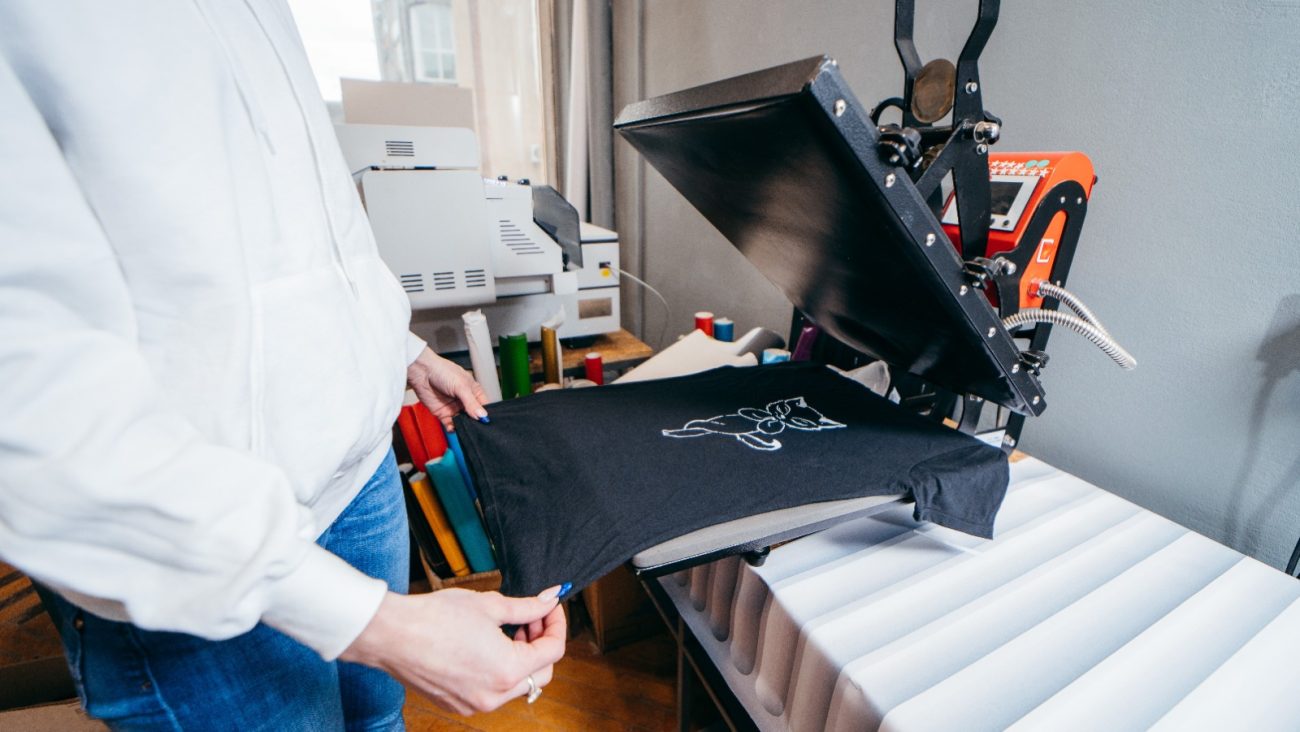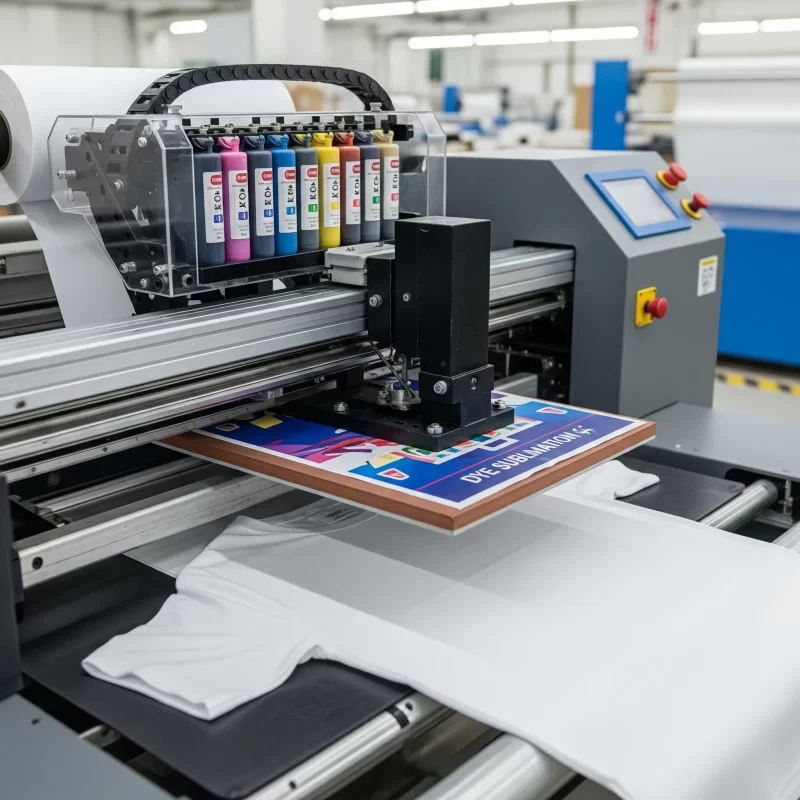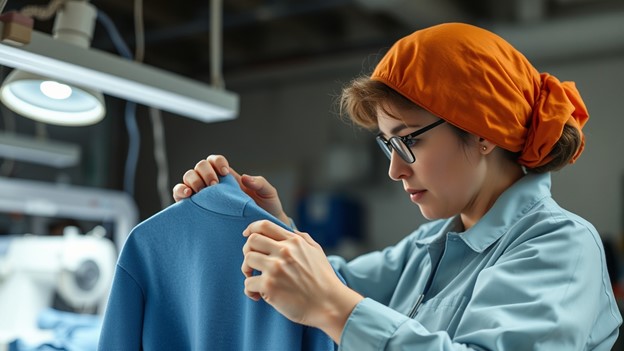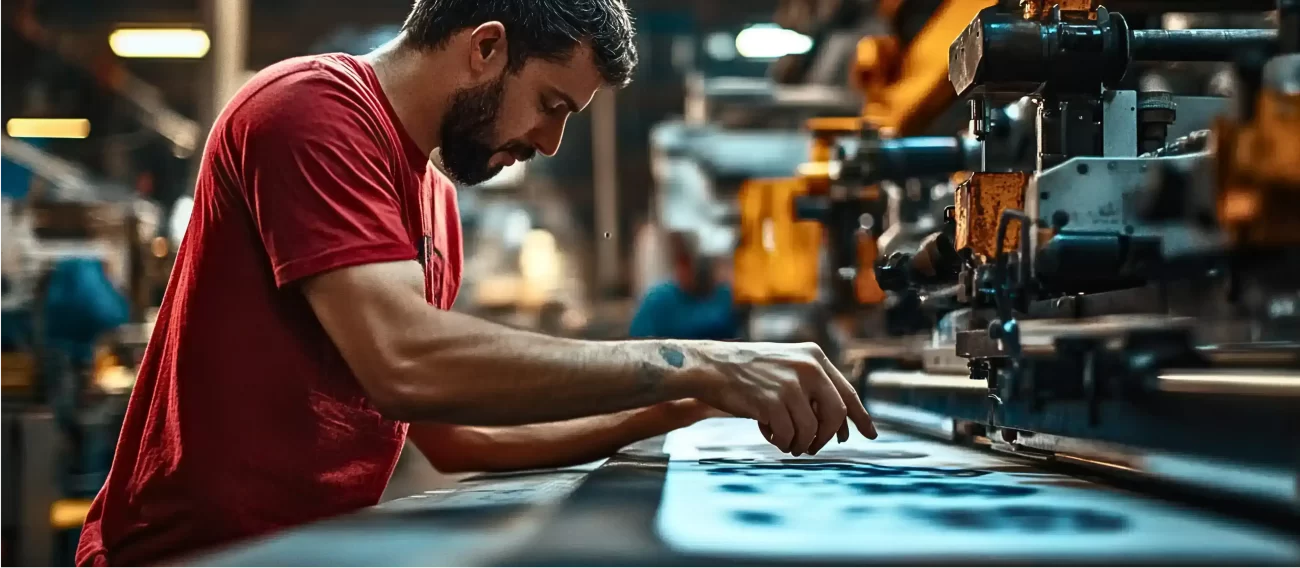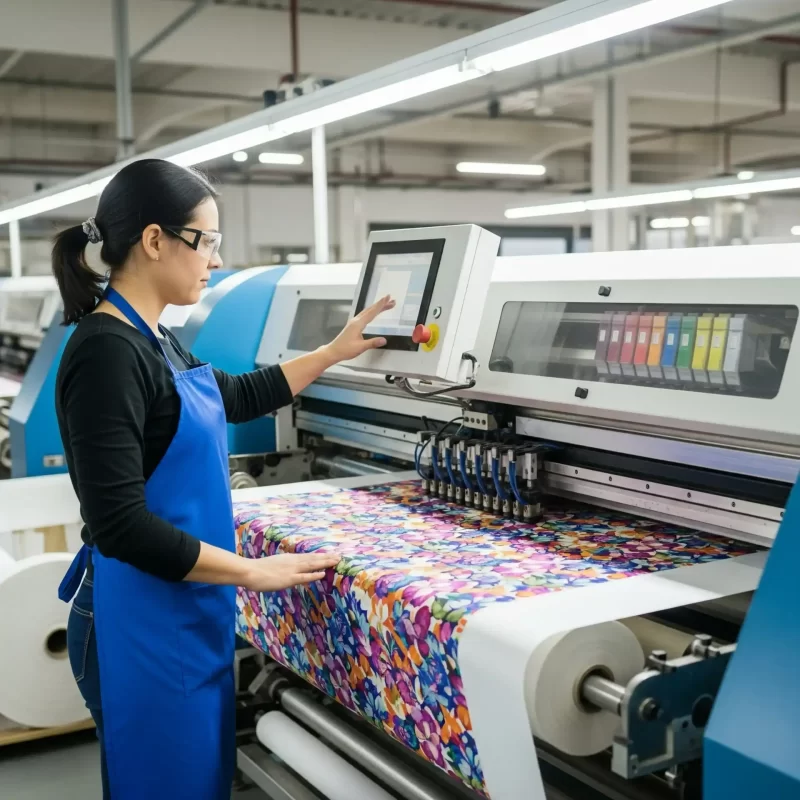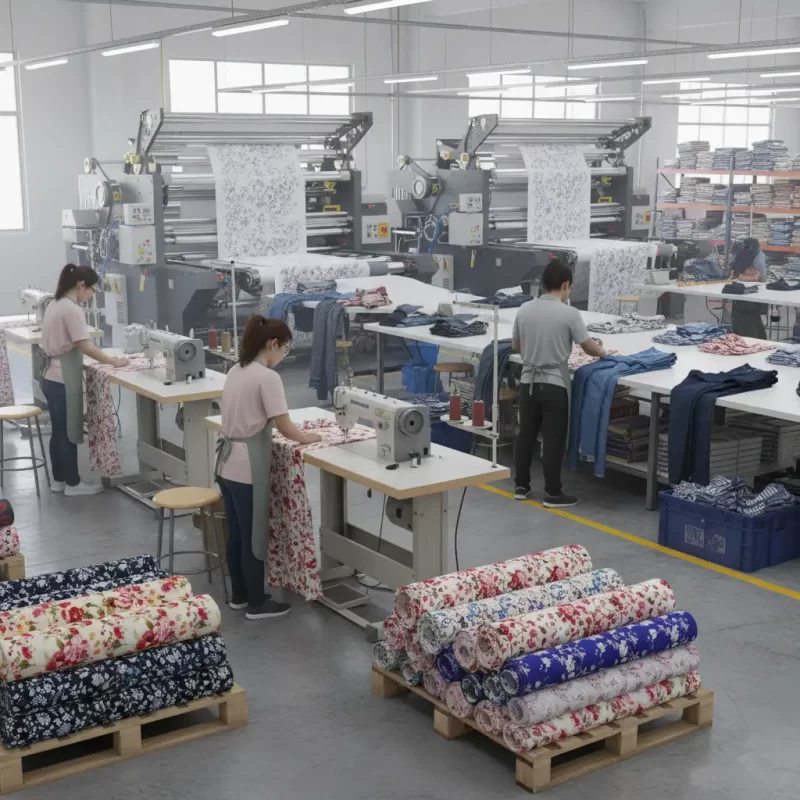Welcome to the comprehensive heat press guide, your ultimate resource for mastering the art of heat pressing! Whether you’re a seasoned professional or just starting, this guide will provide you with the knowledge and techniques to achieve perfect results every time. By understanding the essential temperature and time settings, you can ensure vibrant, durable, and professional-quality transfers for a variety of materials and applications.
Understanding the Heat Press Machine
Before diving into the specifics of temperature and time settings, it’s crucial to understand the heat press machine itself. The heat press is a device that applies both heat and pressure to materials for a set amount of time to achieve a permanent transfer. Mastering these settings based on the material is key to successful heat pressing. Let’s explore what a heat press is and how it works.
What is a Heat Press?
A heat press is a machine designed to imprint designs onto various substrates using heat and pressure. This process, known as heat press printing, is widely used in the textile industry and for custom promotional items. The heat press machine ensures consistent heat distribution, which is critical for a successful transfer. Finding the right temperature is what we are looking for!
How Does a Heat Press Work?
The heat press process involves applying heat and pressure to transfer an image or design from transfer materials onto a substrate. This is achieved through a combination of heat and pressure, which activates the adhesive or ink, causing it to bond with the material. Different materials and transfer methods require different heat press settings based on the material to ensure the best results.
Key Components of a Heat Press
Understanding the key components of a heat press machine is essential for effective operation. These components include the heating platen, pressure adjustment knob, and timer. The heating platen provides the heat, while the pressure adjustment knob allows you to control the amount of pressure applied. Extra tips, such as using even pressure and appropriate heat distribution, are crucial. This is especially important for delicate materials like polyester or for methods such as sublimation printing.
Applications of Heat Press Machines
Common Uses in Textile Printing
The applications of a heat press machine in textile printing are diverse and crucial for modern customization. Using a heat press in textile printing involves applying heat and pressure to permanently affix designs onto fabrics. From creating custom t-shirts with heat transfer vinyl (HTV) and applying a screen printed transfer to producing vibrant, all-over prints through sublimation printing, the heat press is a versatile tool. Effective heat transfer is vital for achieving durable and professional-looking results, making the heat press machine an indispensable part of any textile customization business.
Benefits of Using a Heat Press
The benefits of using a heat press machine are numerous and significant. A primary advantage is the ability to achieve precise and consistent results, thanks to controlled temperature and pressure settings. Using a comprehensive heat press guide helps ensure that each transfer is of high quality, with vivid colors and strong adhesion. Additionally, heat presses are versatile, accommodating various transfer materials such as HTV, laser heat transfer paper, and sublimation paper. The heat press process also allows for mass customization, making it easier to fulfill both small and large orders efficiently.
Different Techniques: HTV, DTF, and Sublimation
Different techniques such as HTV, DTF printing, and sublimation printing each have unique characteristics. HTV is ideal for applying solid color designs to cotton or polyester fabrics. DTF printing is known for its ability to transfer detailed images onto a wide range of materials. Sublimation printing excels at producing vibrant, all-over prints on polyester fabrics and polymer-coated items by using sublimation ink, ensuring even heat distribution for a seamless finish. A comprehensive heat press guide can help navigate these different techniques and the temperature and time settings they require.
Key Settings for Successful Heat Pressing
Temperature Settings
Temperature settings are fundamental for achieving successful heat pressing outcomes. Setting the correct temperature ensures that transfer materials such as HTV, sublimation paper, or laser transfer paper properly bond with the substrate. The right temperature is essential for effective heat transfer; an ideal temperature that is too low results in poor adhesion, while a temperature that is too high can cause scorching or discoloration. A reliable heat press guide provides specific recommended temperature settings for different materials. The correct temperature ensures professional-quality results.
Time Settings
Time settings dictate how long heat and pressure are applied during the heat press process, playing a vital role in the quality of the transfer. Pressing time that is too short can lead to incomplete bonding, causing the design to peel or fade. Conversely, excessive pressing time can result in damage to the transfer materials or the substrate. Getting this right is essential for achieving high-quality results. A comprehensive heat press guide will offer precise time settings for various materials and techniques.
Pressure Settings
Pressure settings ensure adequate contact between the transfer material and the substrate, promoting effective heat transfer and bonding. The right pressure settings prevent issues like incomplete adhesion or distortion of the design. Using excessive pressure can damage delicate fabrics or cause uneven heat distribution, while insufficient pressure can result in weak bonding and premature peeling. It is important to adjust settings on a heat press machine for achieving professional results, and a comprehensive heat press guide typically provides guidance on these adjustments.
Comprehensive Heat Press Temperature and Time Chart
This temperature chart provides a general guideline for various heat pressing applications.
Temperature and Time Chart for HTV
The temperature and time settings for heat transfer vinyl (HTV) vary based on the HTV type and the substrate material. Generally, cotton fabrics require higher temperatures, and some materials may need extra heat compared to others. A comprehensive heat press guide is essential for finding the ideal temperature and pressing time. Always refer to the manufacturer’s recommendations for specific heat press settings. Correct heat press settings are crucial for preventing issues like peeling or scorch.
Temperature and Time Chart for DTF Printing
For DTF printing, precise heat press settings are necessary to achieve optimal results. Always consult a heat press guide specific to DTF printing to prevent issues like cracking or poor adhesion.
| Parameter | Typical Range |
| Temperature | 280°F to 320°F (138°C to 160°C) |
| Pressing Time | 10 to 20 seconds |
The right temperature and even pressure are also important to ensure the ink properly adheres to the fabric.
Temperature and Time Chart for Sublimation Printing
Sublimation printing relies on specific heat press settings for quality results.
| Parameter | Typical Value |
| Temperature | 380°F to 400°F (193°C to 204°C) |
| Pressing Time | 45 to 60 seconds |
This process works best with polyester fabrics and polymer-coated items. The ink transitions from a solid to a gas, bonding with the substrate. A comprehensive heat press guide will help to choose the ideal temperature.
Extra Tips for Effective Heat Pressing
Pre-Pressing Techniques
Pre-pressing is an essential step to optimize your heat press. It involves heating the fabric or substrate before applying the transfer. This simple step can significantly improve the quality and durability of the final product.
Using Protective Sheets
Using protective sheets is vital to preserve the quality of the heat press. Protective sheets, such as Teflon sheets or parchment paper, are placed between the heating platen and the transfer materials. This is to prevent the ink from transferring onto the machine. By using protective sheets, your heat press becomes a more reliable and clean tool.
Calibrating Your Heat Press
Calibrating your heat press is essential for maintaining consistent temperature and time settings. Regular calibration ensures your heat press is functioning optimally, leading to high-quality transfers. This also requires using a comprehensive heat press guide and extra tips to help you.
Troubleshooting Common Issues
Scorching and Discoloration
Scorching and discoloration are common issues in heat pressing, often caused by using an incorrect temperature or prolonged pressing time. If the material appears burnt, lower the heat press temperature and reduce the pressing time.
Incomplete Transfers
Incomplete transfers occur when the design does not fully adhere to the substrate. This issue may arise from insufficient heat, inadequate pressure, or too short a pressing time. Ensure the press applies enough pressure and reaches the recommended temperature.
Adhesion Problems
Adhesion problems can occur when the transfer material does not properly bond. Pre-pressing the fabric removes moisture and creates a smooth surface. If issues persist, consider adjusting the heat press settings according to a heat press guide.
Conclusion: Mastering Heat Pressing
Recap of Key Takeaways
In conclusion, mastering heat press printing involves a thorough understanding of temperature and time settings, appropriate pressure settings, and the use of proper techniques. A comprehensive heat press guide is an invaluable tool for achieving consistent, high-quality results.
Encouragement to Experiment and Practice
Effective heat pressing requires hands-on experience and a willingness to experiment. Don’t hesitate to adjust settings to determine the ideal parameters for your projects. Document successful settings for future reference.
Invitation for Further Learning
To further enhance your heat pressing skills, seek out additional resources. Stay updated on the latest advancements in transfer materials, heat press machines, and techniques. The world of heat pressing is constantly evolving, and continuous learning is essential for achieving high-quality results.

